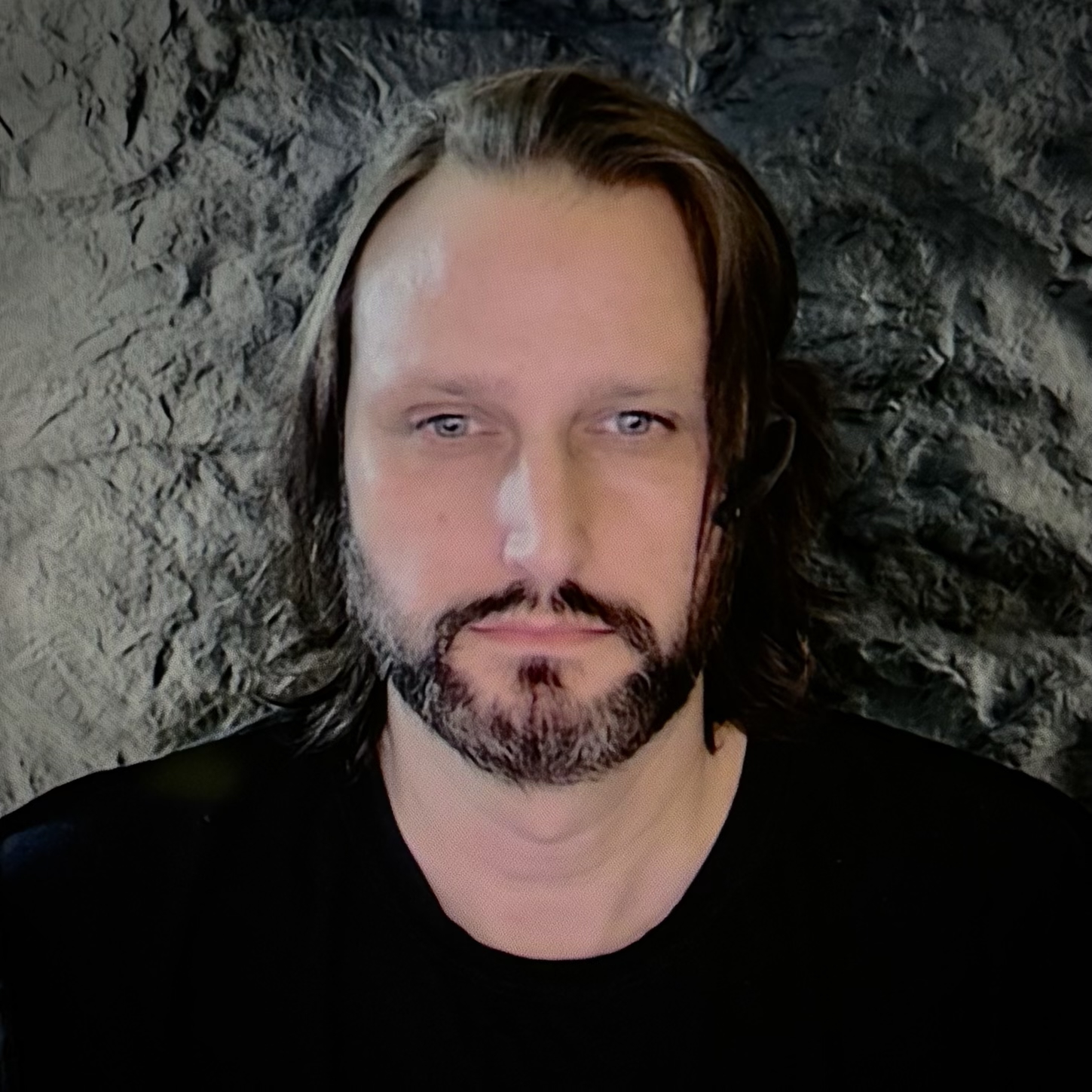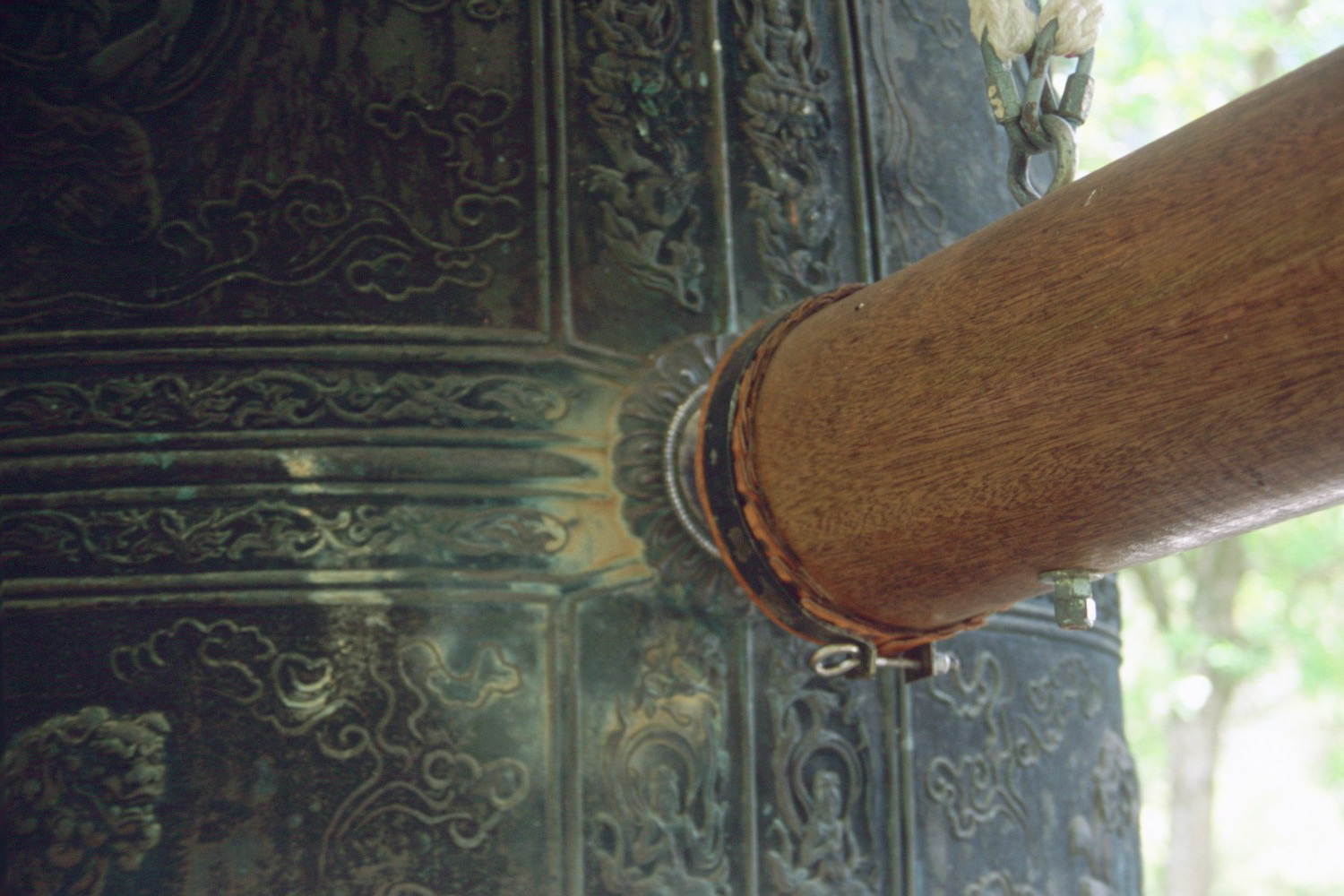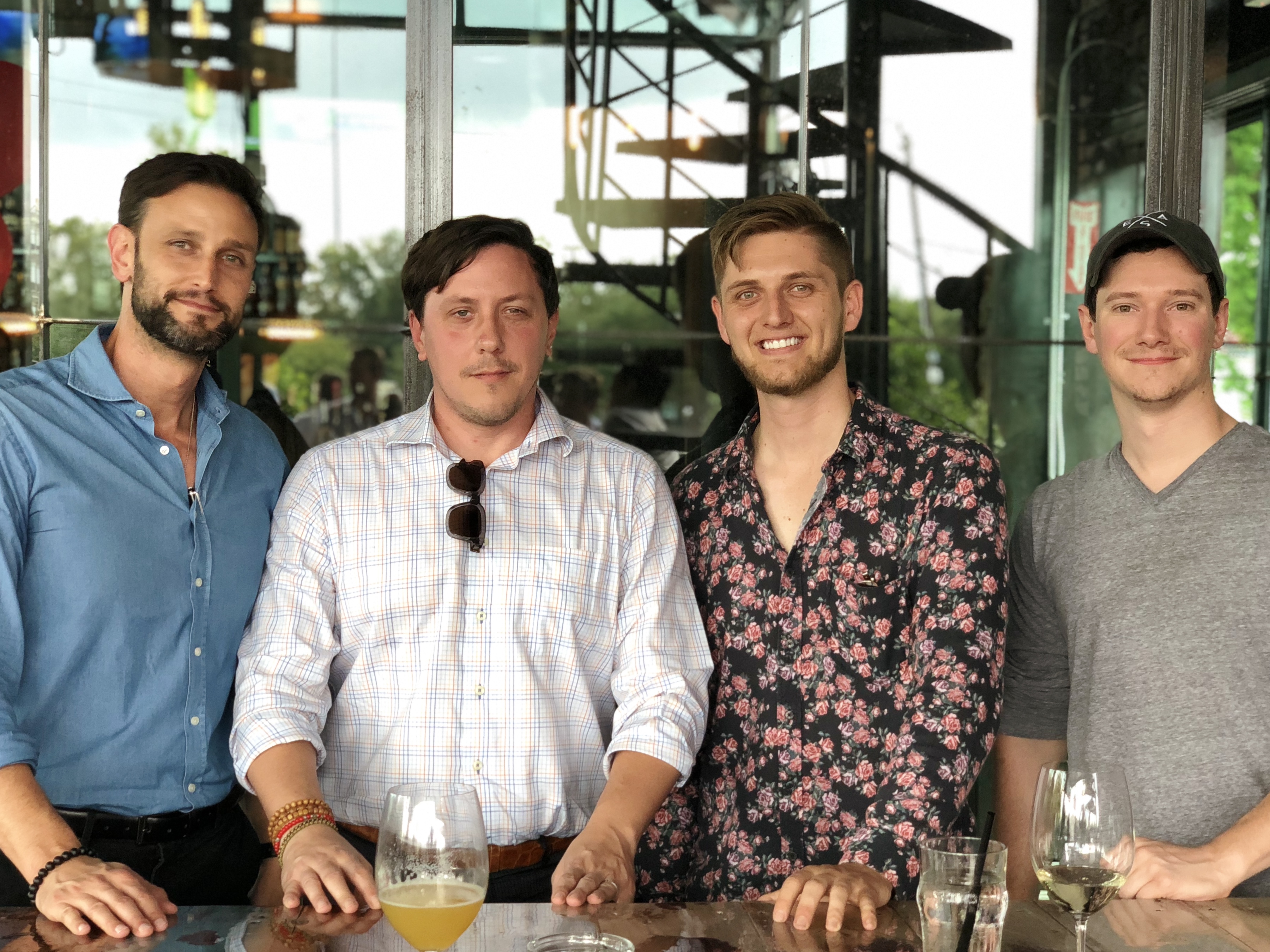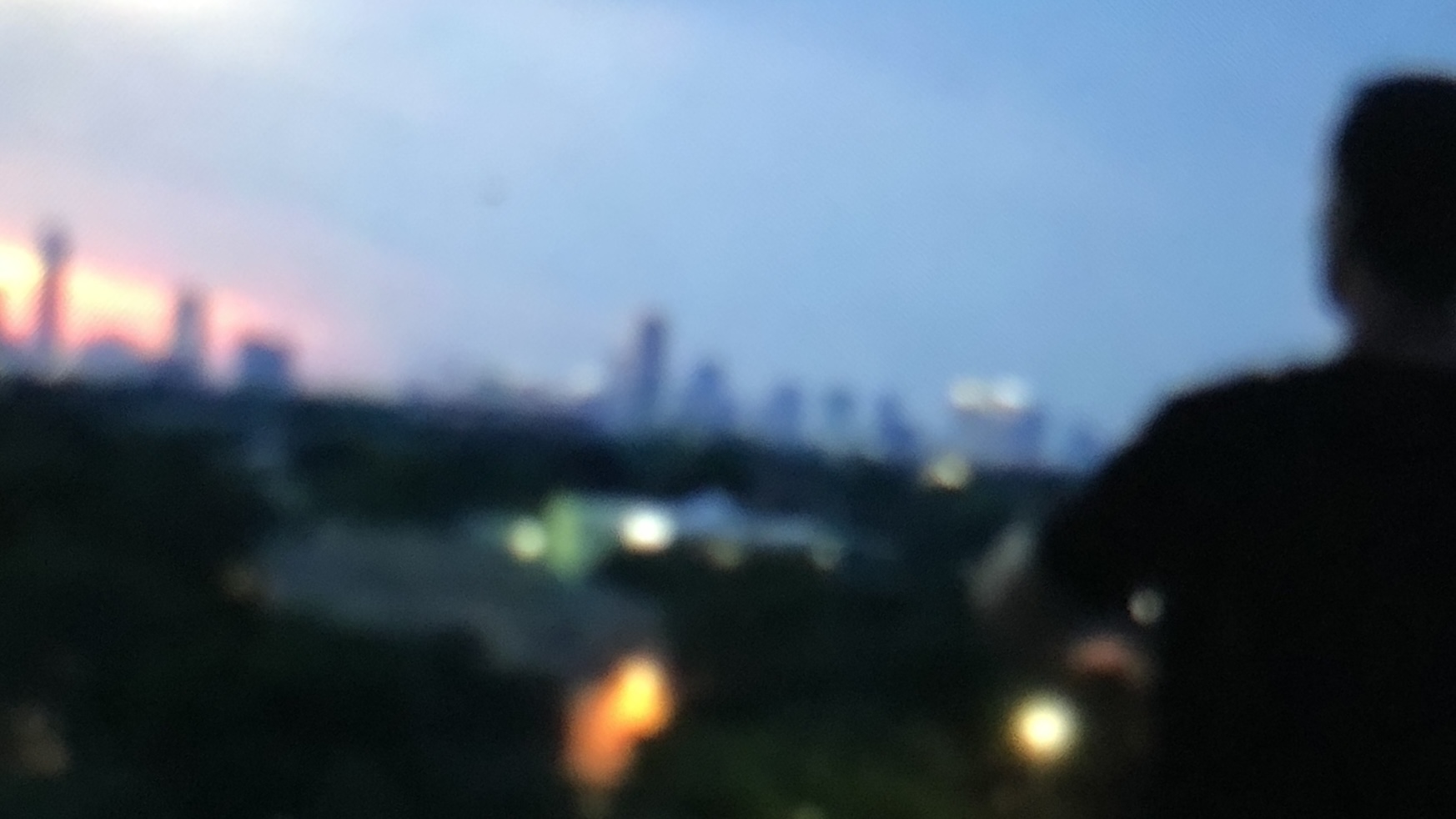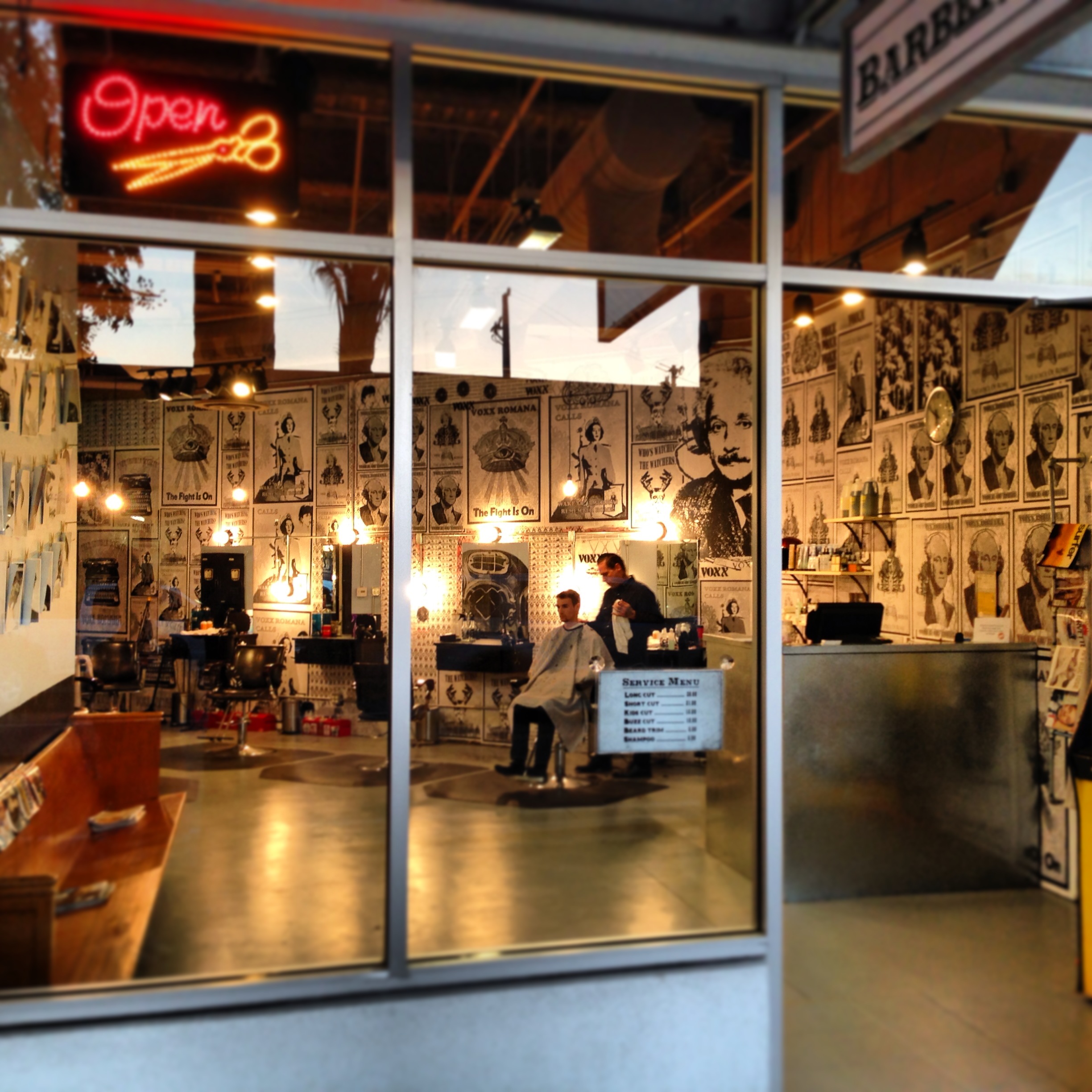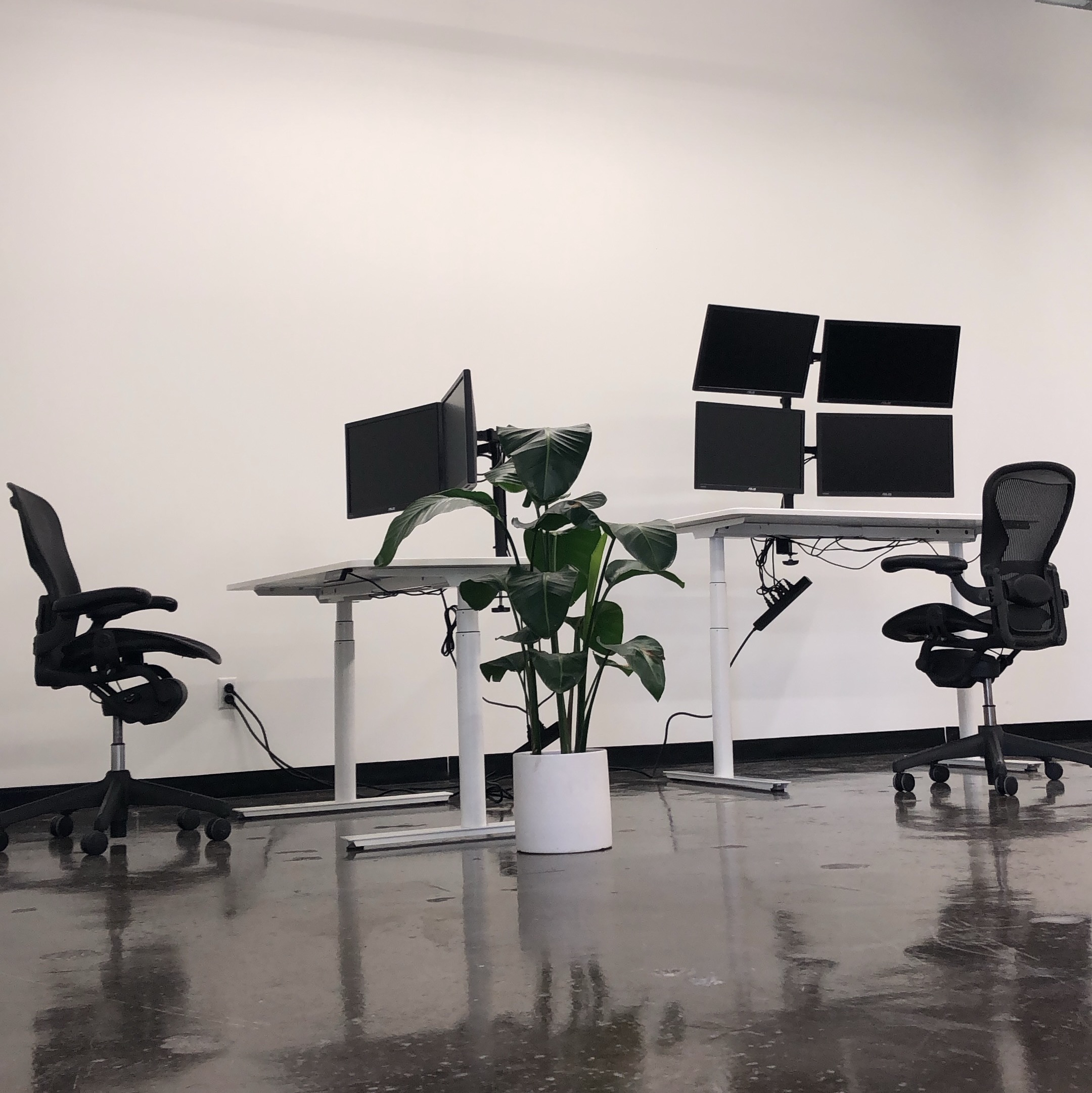
The Pill That Kept The Company Running
Entrepreneur Story
High school in Hawaii was exactly how you’re imagining it—surfing, skateboarding, and skipping school to spend the entire day at the beach made up the majority of my memories. What classes I took and what I learned were the least of my concerns. Laughing with friends while smoking weed at the beach and paddling out to catch a wave was all I needed. Well, not exactly. To get around the island, you needed a car. In the ’90s, import tuning was exploding, inspiring the movie Fast and the Furious, which came out my senior year. Hondas, Acuras, and Nissans were being lowered and set up with nitrous oxide systems (NOS).
The tuned Japanese cars were fast—usually gutted, left with the bare minimum in the interior to lighten the vehicle. Springs were cut and lowered to take corners faster. Engines were swapped for VTECs and equipped with loud aftermarket exhausts and turbocharged intakes that allowed more air to enter the engine. NOS was turned on with a flip of a switch, resulting in a burst of torque that dug the wheels into the ground and pushed your body back in the seat with a powerful thrust.
Being a passenger in one of these cars would leave you feeling thankful to still be alive after taking corners and going from 0 to 60 faster than was legal or safe. On the other hand, driving one of these cars left you with an insatiable thirst to go faster and drive harder.
Frequently on the news, you would hear of car crashes on the highway caused by people street racing, but thankfully, no one from my high school was involved. Stories of exploding engines were both a badge of honor and a regret from people pushing the boundaries of their cars. Although I didn’t get swept up in the hobby like others at the time, later in life I learned what it meant to have your engine explode and burn out—just in a different way.
Working after school bagging groceries during the weekdays and mowing lawns on the weekends allowed me to save up for a car, but I spent the majority of my extra money on skateboarding. Running through skateboard decks and shoes used up any money I might have set aside to tune my car.
Since I can remember, I’ve always had an internal drive to create. Some people use a paintbrush, others use sound, but my choice was systems. Growing up with a single mother who was mentally unstable and spent days on end feeding her gambling addiction, we were left with very little money.
One of my earliest memories was pushing a rolling cart out to the street—the lemonade I had mixed that morning and the stack of cups dangerously teetering on top of the rolling table. Safely out on the street, and with the signs hung, I waited for a customer. I don’t remember where I got the idea to do a lemonade stand, but I’m sure it was from a movie or cartoon. It wasn’t the money I was focused on, but the experience. Something innate lived inside me, and it wasn’t driven by monetary goals.
In life, there are two different types of entrepreneurs. The most common are motivated by financial outcomes, with the goal of the business being wealth. The second type of entrepreneur is rarer—it’s innate, with a drive for a deeper purpose born within the person. It’s not about the outcome, but the process. I fell into the second category.
When being an entrepreneur is a passion, the hours go by quickly, and the effort you put into it is usually enjoyable at first. The ideas and dreams start to become reality, and the joy of building makes it feel effortless. But within every business or venture, there’s a point where that initial phase stops, and it starts to become routine—and if you’re not careful, a job.
In 2017, I started a service IT company, and within two years, the company had exploded—managing over 300 clients and employing multiple developers, social media specialists, and account managers. At first, every new project was exciting, with a kickoff meeting and an exploration into innovative ideas to solve technology problems for organizations. But at some point, just like the Honda engine overperforming, the amount of clients and work became too much. Unlike a car, I wasn’t able to pump my engine with nitrous oxide—but I had found something else: Adderall. And at first, it seemed to be the answer to all my problems—until it wasn’t.
One morning, after hanging out with friends way too late into the evening, I shared that I had an important meeting in the morning and a ton of work to do. My friend at the time handed me a little blue pill shaped like a football. Until that point, I’d never considered taking Adderall, as drinking a pot of coffee always seemed to get the job done. But at that point in the business, I was desperate. I knew the dangers of dopamine depletion, and I had heard stories of people abusing it, but I figured that the responsibility I had to the clients and my employees justified me taking it once. In the morning, I got to my office and took the entire pill with a glass of water. Within 30 minutes, I started to feel a euphoria and surge of energy that was like nothing else I had ever experienced. The most boring task all of a sudden became an exciting adventure that I couldn’t wait to tackle.
The day flew by, and effortlessly my task list shrank and my mood was through the roof. That night, I got home feeling accomplished from the day and still feeling a euphoria that persisted. But then, as the evening came, my energy persisted. Staring at the clock, I noticed the hours going by, and still I could not sleep. Ten o’clock. Eleven. Twelve. One o’clock. And then finally, at 2 a.m., I fell asleep. The next morning, I woke up feeling like I had lived a year within a day. My concentration was worse than before, and I was exhausted from two days of being sleep deprived.
Feeling like I had been missing out my whole life, I craved the productivity, focus, and euphoria that I felt while taking that pill. The answer seemed obvious—I needed a prescription. And after getting a recommendation, I made an appointment and showed up to the initial exam.
Filling out a questionnaire, it asked me about my concentration and other general psychological questions. Although the doctor was a certified psychiatrist, he looked like he had been prescribing himself his own meds. With a lack of general concern or in-depth questions, he quickly diagnosed me as having Attention Deficit Disorder. Under his criteria, it seemed like everyone could fall into this category. One hour later, I walked out of the doctor’s office with a prescription for what I thought was a miracle solution.
The first week on the prescription seemed like a dream come true. One pill in the morning and one in the afternoon kept me focused and motivated to tackle any mundane task that was thrown at me. Juggling the large client load and project list became easy. Items on my task management software were completed at a rate that seemed superhuman.
Something strange started to happen in the following weeks. I would take the pill, and the euphoria lasted half the time. Then, months later, I was lucky to feel anything. This is where the dream became a nightmare, and my dependency on taking it was no longer a luxury but the only way I could complete a day. My tolerance had built up to the medication, and the benefits of it were replaced with barely functioning. My sleep had been disrupted, and my dopamine was depleted. I developed full resistance to the medication and became dependent.
The reality had hit that if I was to come off this medication, I would need months to detox and normalize my brain chemistry in order to function at base level again. The high demand of my business became an excuse and prevented me from giving it up. Months turned into years, and my successful business started to feel like a prison.
My days became a roller coaster ride that reminded me of the Nine Inch Nails song: Every Day Is Exactly the Same. Taking the pill, I would have a short burst of energy followed by a huge crash, which led into a half night’s sleep. When waking up, I felt like I had not slept, and the day started again—exactly the same. Whether it was a workday or weekend, it was always treated the same, with a heavy client load and catching up with administration duties over the weekend. My relationship suffered, as my personality turned into that of a robotic workaholic—never feeling any type of relief, but instead a constant anxiety that I had not completed enough work the day before.
“I believe I can see the future,
'Cause I repeat the same routine...
Every day is exactly the same.”
Hustle culture in the entrepreneur ecosystem was a reality where sleepless nights and no weekends, much like the blown engine, became a badge of honor. Whenever talking to other business owners, I would talk about how little sleep I had and how much work I needed to do. All the enjoyment was removed, and instead I focused not on the process but on productivity.
Seven years later, to the surprise of my employees and friends, I let everybody know that I was shutting down my company. Burnout was no longer a phrase that I jokingly said out loud but was a lived prison from which I decided to escape. I was no longer going to worship productivity or brag about neglecting my health. My employees and clients, although disappointed, were going to have to live with the fact that my engine had blown.
The definition of burnout is when the effort outweighs the rewards. The endless calls and emails from client requests over mundane items, along with employees working remotely and being over-employed, drained me past the point of exhaustion and into burnout. Sitting at my desk started to feel like torture, and what used to excite me now became a prison. Slowly, I started to unwind the company—letting clients drop off and letting employees go. I started to find myself again. Reconnecting with Buddhism and Christianity ignited a spark that led to a sabbatical after closing the business. My faith was reignited, and my connection to something larger than myself gave me a sense of peace and calmness that was indescribable.
A person’s worth is innate in existence, and you are not valued based on productivity. We are loved for who we are, not what we produce—but the material world has inverted our morals. I’m reminded of a line that I heard in a movie called Fight Club, which was released a year after I graduated. In the movie, Tyler Durden, a fictitious alter ego created by a burnout corporate employee, says:
“You’re not your job. You’re not how much money you have in the bank. You’re not the car you drive. You’re not the contents of your wallet. You’re not your f**king khakis.”
We must balance productivity with self-care and drop the illusion that anything we do, on a long enough time scale, will last in this material world. Even the paintings of Picasso will one day fade and fall apart. The sun will consume the Earth, and space will drift the planets apart. I don’t say this to be depressing, but to give you hope—that your journey is to be enjoyed. And when challenges arise, you should focus on the process, not the outcome.
